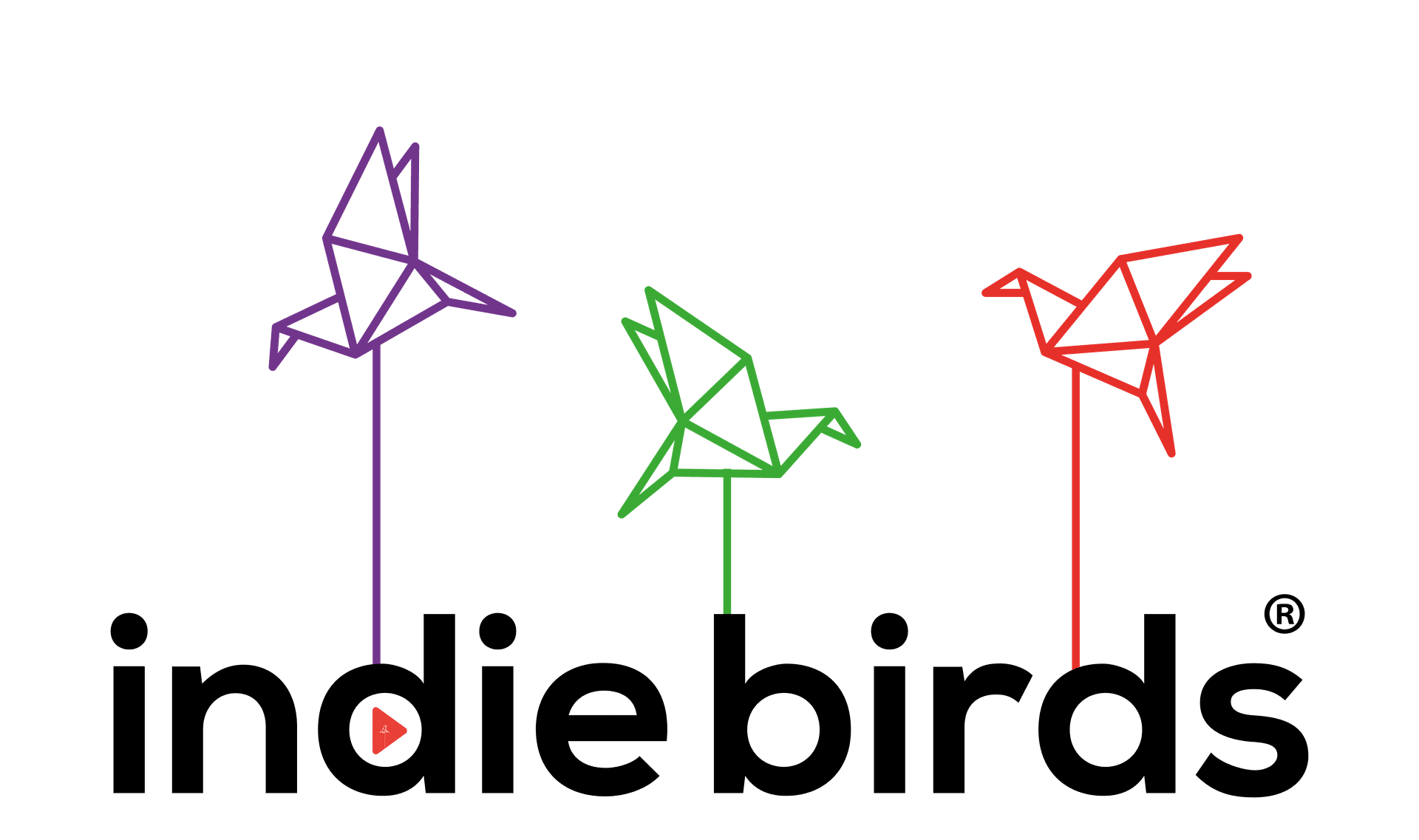
Tradition And Change In Literature
Literature existed somewhere at the beginning of civilization. The oldest known texts are the Vedas known as hymns for God. They consisted of reciting mantras and offering fire sacrifice to appease the Gods. Most of these texts contain poetic language. One of the texts deals with sorcery and black magic and is called the Atharva Veda. The texts perpetrated the heinous caste system according to which Brahmans were considered to be superior to all other castes. The Vedas assumed that Gods have to be placated to make humans liveable on earth.
There were also other texts from India mainly the Ramayana and the Mahabharata: the twin epics which consist of fables relating to war between the forces of good and evil, where the forces of good triumph. Then there is also the Bhagvat Geeta, a text of moral scripture. The text speaks about man’s origin and man’s purpose in life. The texts emulate man to tide over the cycle of birth and rebirth and merge oneself to the eternal Brahman (God).
Then the most important text of literature, an all-encompassing one is the sacred one, the Bible. The Bible is historical, literary, poetic and scriptural and also eschatological. Historically it represents the struggle of the Jews between exodus and Diaspora. The stories of Abraham, Isaac, Jacob and Joseph are noteworthy. The Jews are a nation which struggled a lot for existence and they needed supernatural force for appeasement and comfort. There are many books in the Bible which are poetic and literary. The Song of Songs celebrates the love between the husband and wife. The proverbs are instructional literature and form a collection of wisdom books. The Gospels have richly clad the robe of man’s relationship with God and the perfect way to be happy in Godliness and happiness. The Sermon on the Mount is a work of poetic prose. Notable is the verse: Blessed are the meek: for they will inherit the earth. The proverbs are a text of scriptural wisdom and address the issue of how to lead a good life. Christian eschatology relates to death and final judgment and forms a part of apocalyptic literature.
Next, I would like to comment on the Elizabethan school of literature of which Shakespeare is a giant. Most Shakespearean dramas are written about courtly life, intrigues, political turmoil, and the establishment of justice on the earth. The dramas provoke the human mind and engage the same in a state of catharsis.
The medieval period is also significant in the work of Cervantes: Don Quixote. Don Quixote was in medieval times a lampoon on courtly traditions. How far is she relevant now? In the period of postmodernism, he was rated as a tragic hero who made the soul of life a rich trigger of passion
Next comes the tradition of the Realist Novel. Tolstoy and Dostoevsky are their finest exponents. The man began to be portrayed with the essence of humanism. The essence of the soul was to be not perfect but fallible. The realist tradition paid a rich homage to the physical surroundings. The characters were put in the furnace of being smelted with a soul.
The next type of fiction that emerged was the psychological novel. This type of fiction was influenced by the psychology of Freud and Jung. The minds became an array of Jungian archetypes. The novelist experimented with the Freudian Oedipus complex and the Electra complex. The vices and virtuosity were balanced on the balancing pan.
The novel which emerged during the war period was the surrealist novel. A surrealist novel took shape as a rebellion from established forms of fiction writing. Surrealism is the juxtaposition between fantasy and reality. Art became escapism and forged identities that rebel with human consciousness.
The contemporary novel is based on a philosophy of Magic Realism where fictional elements are real and absurdly phantasmagorical. The postmodern novel is also characteristic of extreme irony, a manifestation of consciousness as streams of consciousness, the unreliable narrator, lampooning and pastiche. There is a tendency to paint words and plentiful play with figures of speech.
Source by Bose Anand
